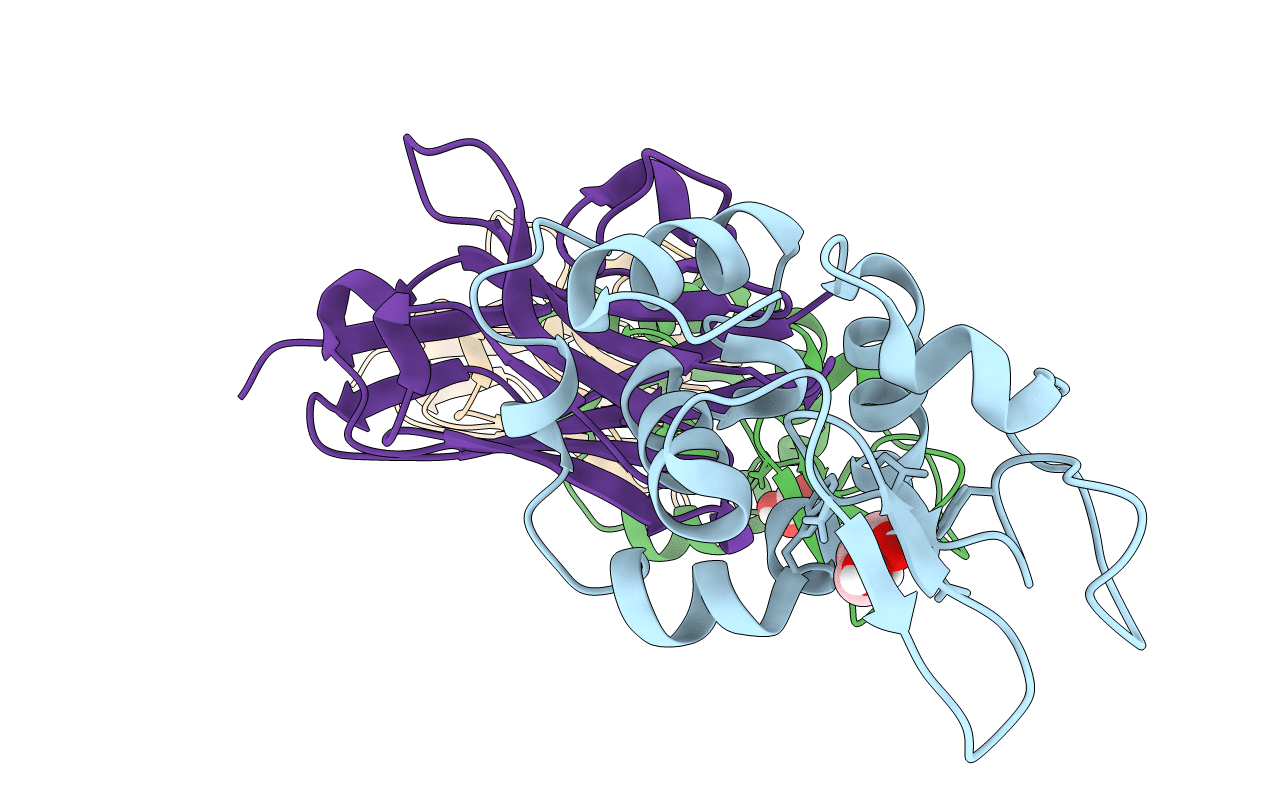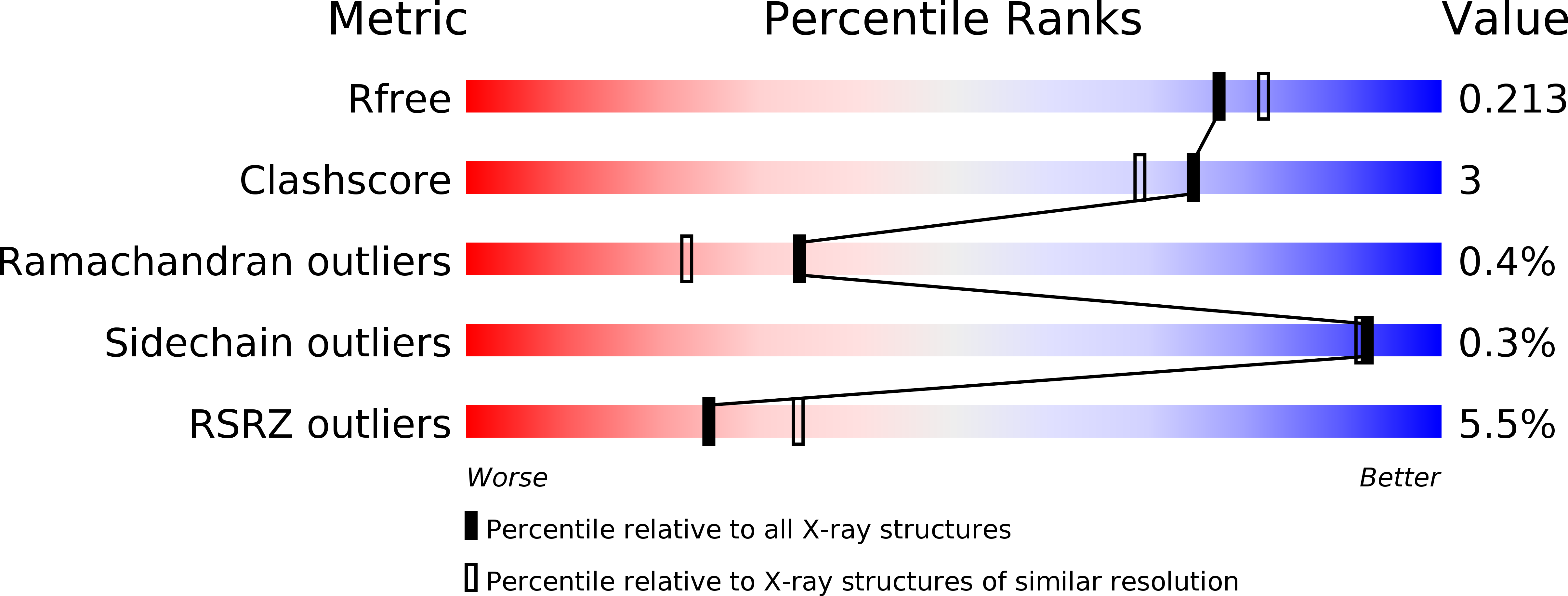
Deposition Date
2012-11-16
Release Date
2013-10-09
Last Version Date
2024-10-09
Entry Detail
PDB ID:
4I0C
Keywords:
Title:
The structure of the camelid antibody cAbHuL5 in complex with human lysozyme
Biological Source:
Source Organism:
Homo sapiens (Taxon ID: 9606)
Camelus dromedarius (Taxon ID: 9838)
Camelus dromedarius (Taxon ID: 9838)
Host Organism:
Method Details:
Experimental Method:
Resolution:
1.95 Å
R-Value Free:
0.21
R-Value Work:
0.18
R-Value Observed:
0.18
Space Group:
P 43 21 2


